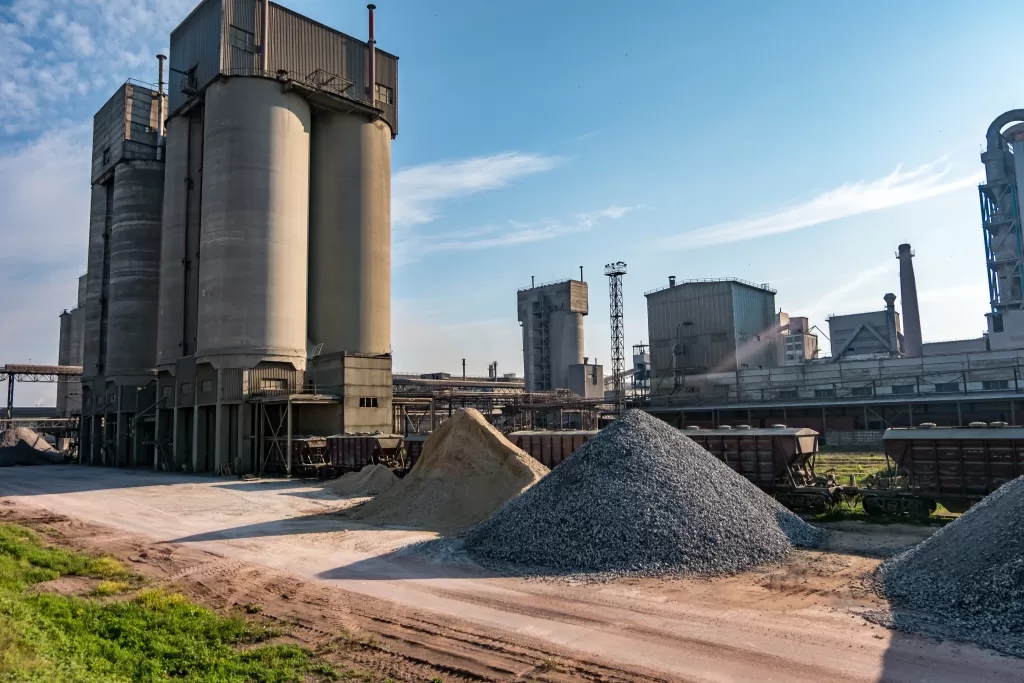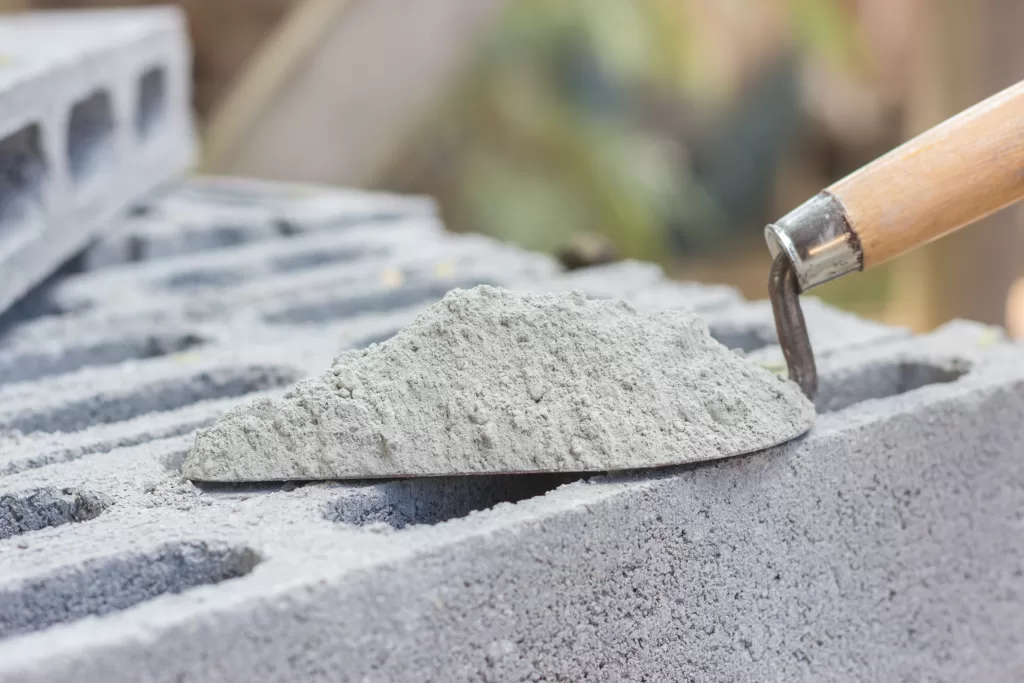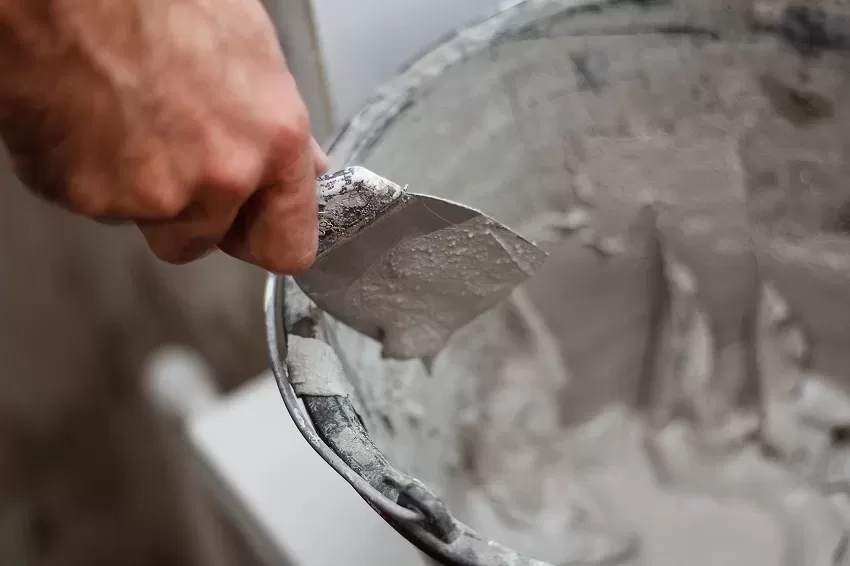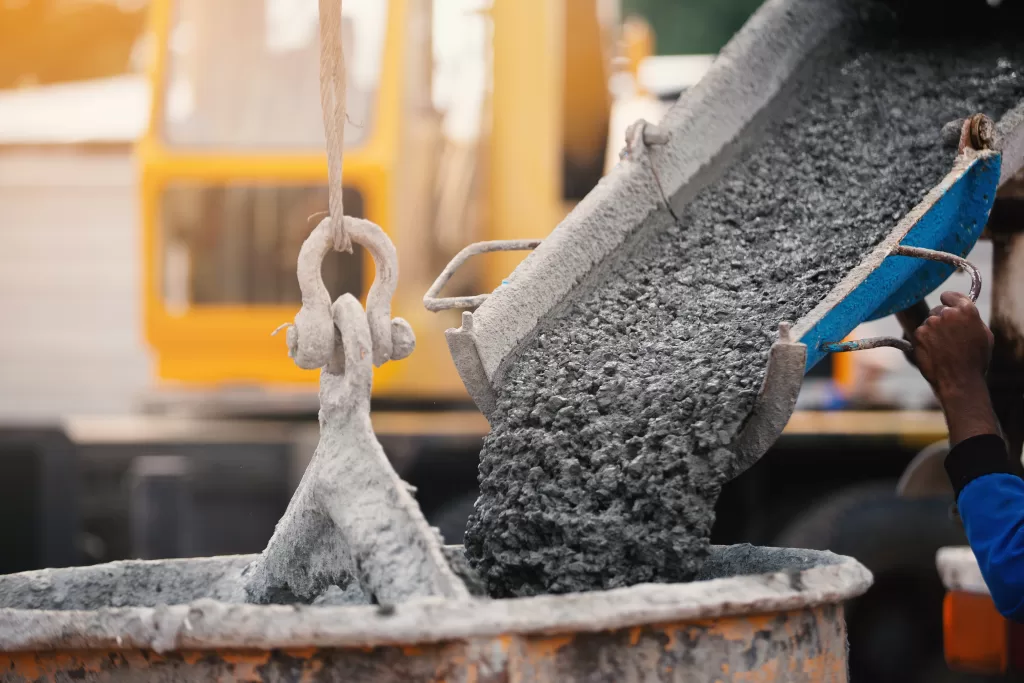Cement is the most essential construction material that acts as a binding agent for concrete, laying bricks and more. From limestone to clay and supplementary additives, each ingredient contributes to the durability and strength of cement. Let us learn about the essential raw materials used for cement production.
Composition of Cement
There are two primary cement manufacturing components that form the distinctive properties of cement.
-
- Calcareous materials: These materials are rich in calcium and magnesium and typically include limestone, chalk, marl, shells, and other sources abundant in calcium carbonate. These are the primary sources of calcium, which undergoes a calcination process during cement production to form quicklime or calcium oxide that has binding properties of the cement.
- Argillaceous materials: Complementing the calcareous materials, argillaceous components enrich cement’s composition. The argillaceous materials including silica, alumina, iron oxide and more are added to the mix. This blend of elements adds to the cement’s strength, durability, and binding characteristics.
- Calcareous materials: These materials are rich in calcium and magnesium and typically include limestone, chalk, marl, shells, and other sources abundant in calcium carbonate. These are the primary sources of calcium, which undergoes a calcination process during cement production to form quicklime or calcium oxide that has binding properties of the cement.
Raw Materials Required for Cement Production
Here are the essential raw materials used for cement manufacturing:
-
- Limestone: It is the primary source of calcareous compounds. Limestone is a sedimentary rock abundant in nature with high calcium content. It is quarried from natural reserves which then undergo a series of processes including crushing, grinding, and calcination to make quicklime.
-
- Clay or Shale: These materials are sourced from clay pits or shale deposits to supplement the cement-making process. Their high silica and alumina content aids in enhancing the binding properties of the final product.
-
- Pozzolans: These include volcanic ash, silica fumes, and certain industrial by-products. The addition of pozzolans in cement enhances its strength, durability, and resistance to chemical attacks. It makes it more resistant to harsh environmental conditions. These are used to manufacture Portland Pozzolana Cement (PPC), a popular choice for many construction projects.
-
- Iron Ore: It is used to add iron oxide to the mix to enrich the cement’s colour while contributing to the fusion of raw materials for cement production and the strength of the final product.
-
- Gypsum: It regulates the cement’s setting time. Its controlled addition helps in rapid solidification which ensures workability and allows ample time for construction processes.
-
- Fly ash: It is a by-product of coal combustion in power plants used in cement to enhance the compressive strength of concrete while addressing environmental concerns by reusing industrial waste. It also contributes to workability, reduces heat evolution during cement hydration, and long-term strength and durability.
Build lasting landmarks with JK Cement, one of India’s leading cement manufacturers.
FAQ
What is the raw mix for cement?
The raw mix for cement is a blend of calcareous (high in calcium) and argillaceous (rich in silica, alumina, and iron oxide) materials. This mix typically includes limestone as the primary calcareous material and clay or shale as the main argillaceous component. These raw materials, along with supplementary materials like pozzolans are finely ground and proportioned according to specific formulations to create the raw mix.
Which is the main ingredient in cement?
The primary ingredient in cement is limestone, which is a calcareous material rich in calcium carbonate. Limestone undergoes a process called calcination, where it is heated at high temperatures to form quicklime that comprises of binding properties of cement.
How is raw cement made?
The production of raw cement involves the extraction and procurement of raw materials like limestone and clay or iron ore. These materials are then crushed and finely ground to form the raw mix. The raw mix is then subjected to high-temperature heating in a kiln, reaching temperatures around 1400°C in a process called clinker. This intense heat causes chemical reactions converting the raw mix into clinker. The clinker is then ground into a fine powder along with gypsum to produce the final raw cement.
How was cement invented?
Humans have been using Cement since ancient times. Notably, a whitewashed floor made using burned limestone and clay was discovered in Turkey. Around 800 BC, the Phoenicians used a blend of volcanic ash and lime to create a rudimentary form of cement. This mixture is known as pozzolanic cement that have remarkable strength and durability. Furthermore, in the Indian subcontinent, the people of Indus Valley Civilisation used mud mortar as a binding agent.














